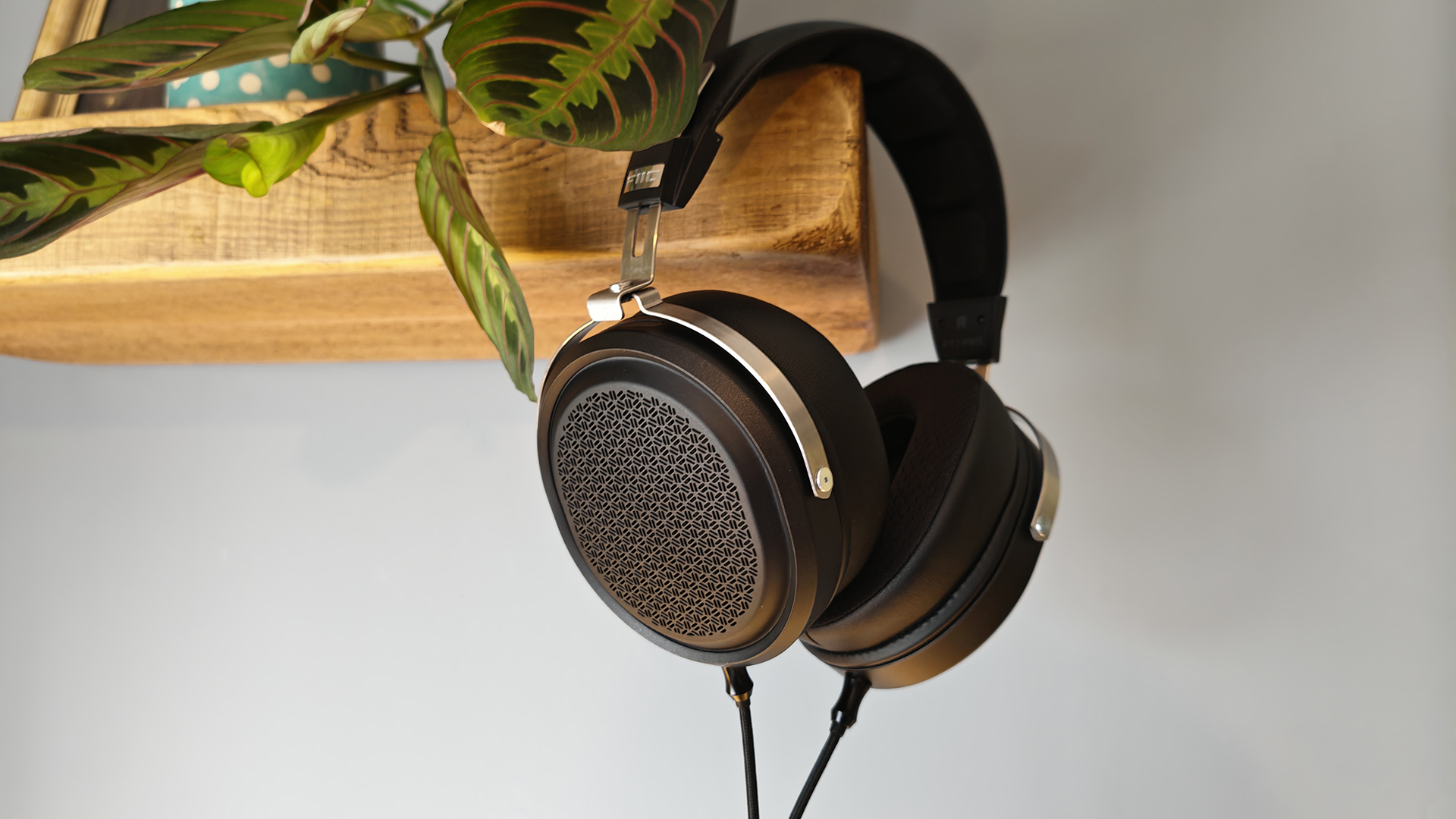What is Biophilic design, and why is it taking over the workplace?
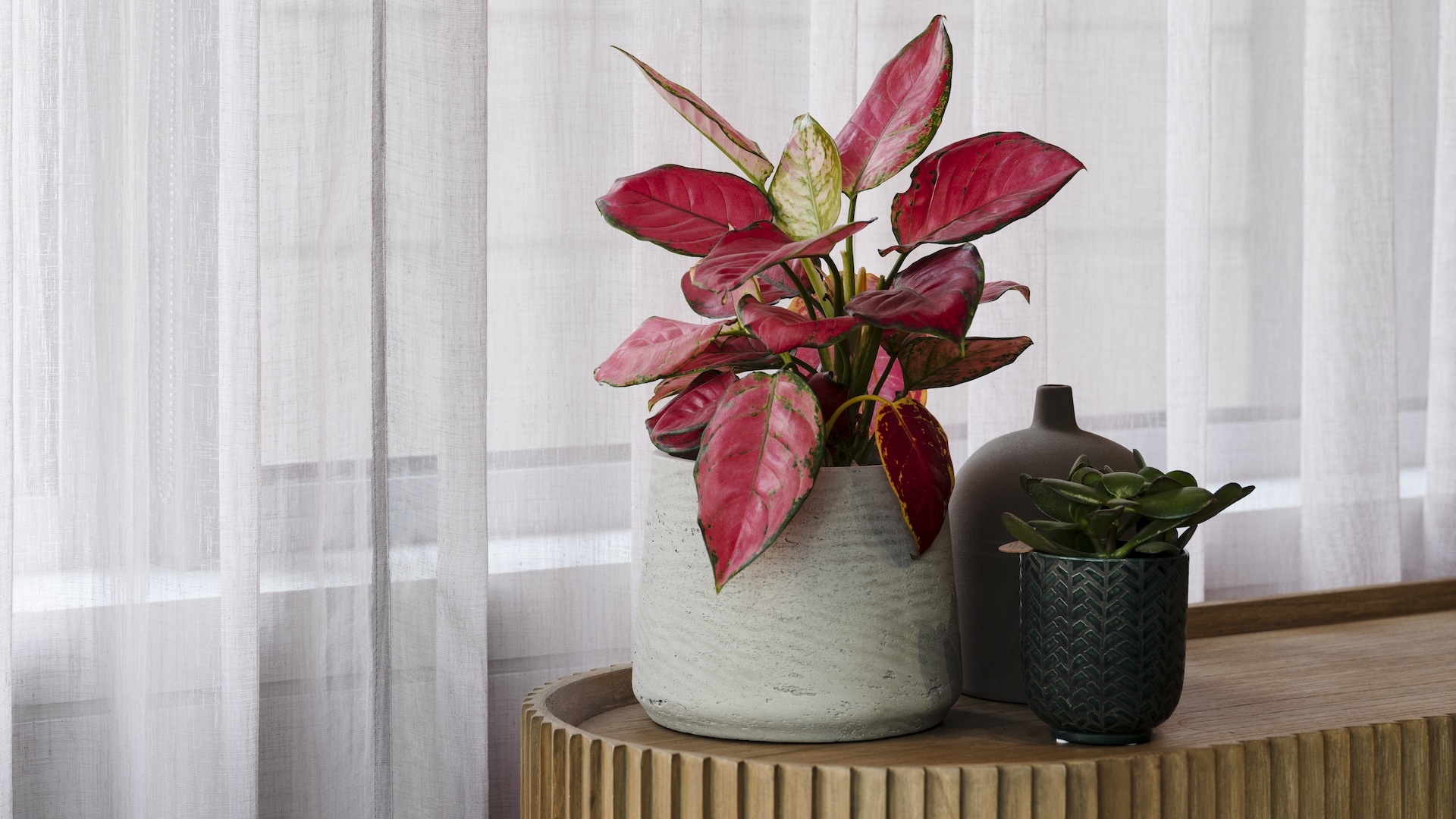
You know that feeling when you walk into a room and it just feels good? You can’t always explain it, but something about the space puts you at ease and makes you feel calm. That’s the instant effect plants can have in a space, so it’s no surprise nature is now central to workplace design (and the best designed offices should include it). The term biophilia, from the Greek bios (life) and philia (love), captures the idea that humans are hardwired to thrive when connected to nature.
There’s growing research to back this up. Biophilic design - integrating natural elements into interiors - has measurable effects on wellbeing, productivity, creativity, and even staff retention. It’s also been linked to lower absenteeism and improved value perception, making it a smart investment, not just a stylistic choice. What we’re seeing at Area is that biophilia isn’t just influencing the design conversation, it’s shaping it. So before you look at best desk chairs for back pain, think about this.
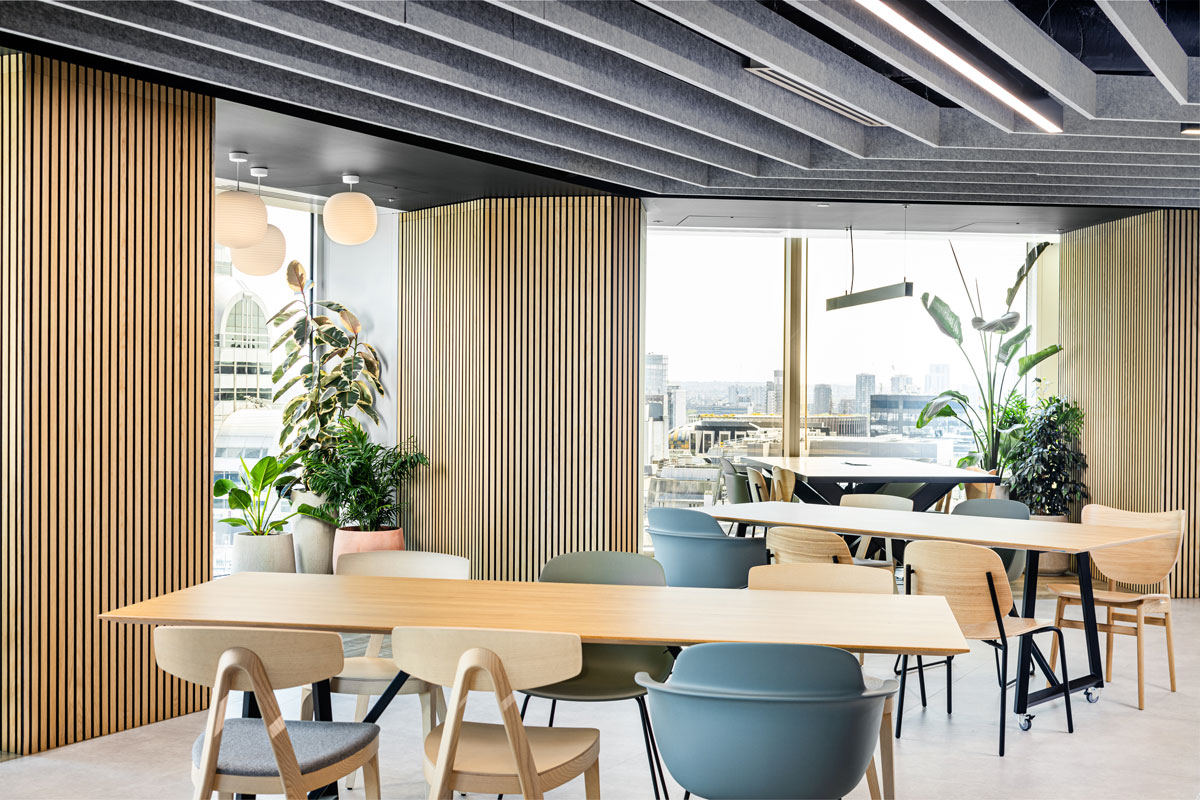
At its core, biophilic design is simple: bring nature inside. Plants, yes, but also daylight, texture, and organic forms that subtly shift how we experience space. It’s not new, but it’s more relevant than ever as wellbeing becomes a workplace priority.
Let’s face it, most of us are indoors for much of the day. The places we work in matter. They shape how we feel, how we focus, and how we show up. Once seen as a decorative option, greenery has taken on new significance in workplace design, and Biophilia now reflects a broader shift to more human-focused design. Once you notice it, you’ll see it everywhere.
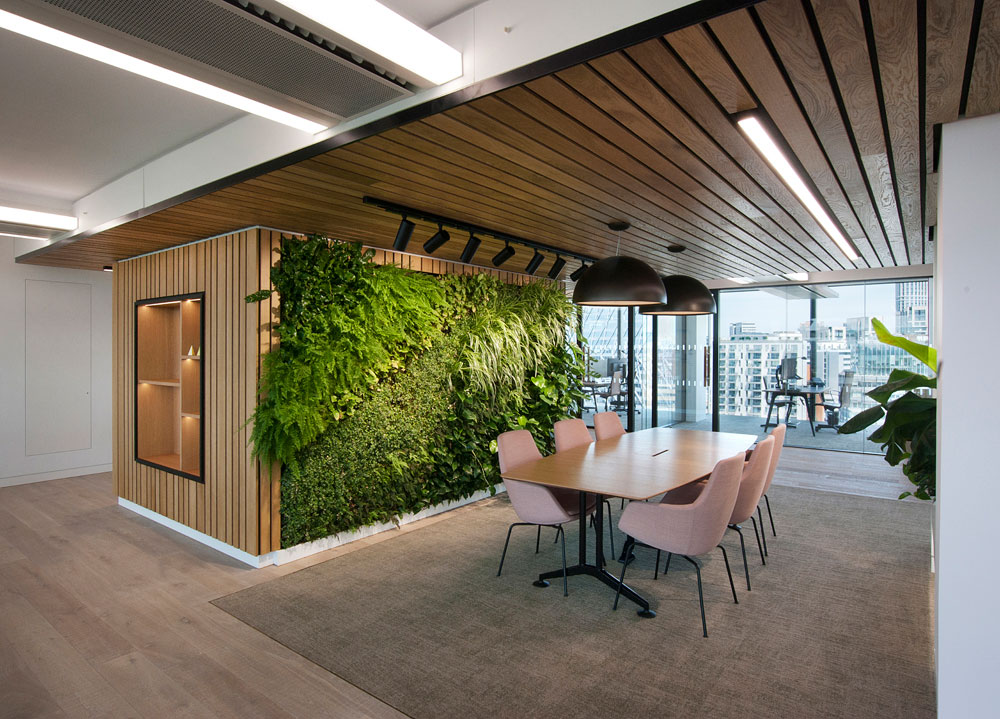
More workplaces are being designed to feel good, not just operate well. Calmer spaces help people focus, connect, and even enjoy being at work. A moss wall in reception, or a few well-placed philodendrons, go a long way. Biophilia is a direct route to sensory engagement. A splash of green changes a room’s energy, lowers stress, improves focus, and makes the space feel more alive.
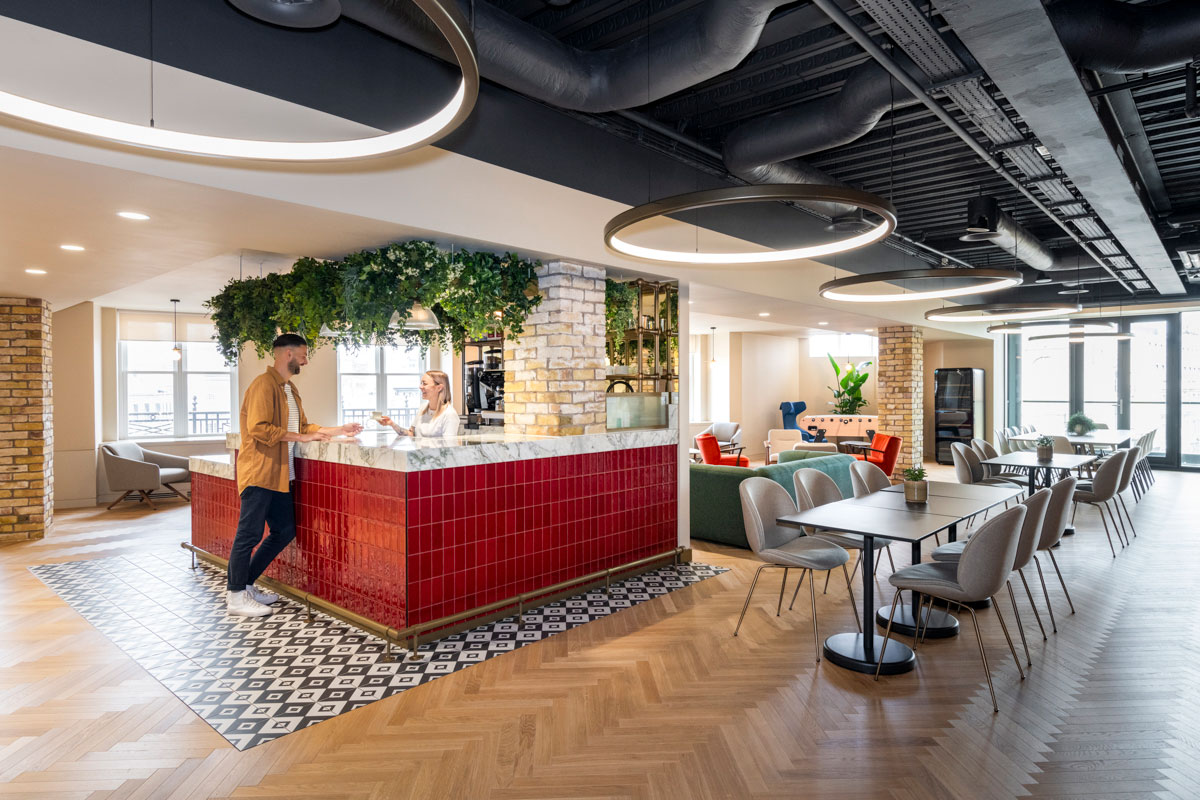
It also supports neurodiversity, offering more inclusive environments. Softer visuals, natural flow, and fewer hard edges make a difference. It’s design that feels thoughtful rather than forced.In our own studio, plants do more than decorate, they shape how the space works. They define zones, soften sound, and create a natural rhythm as you move through.
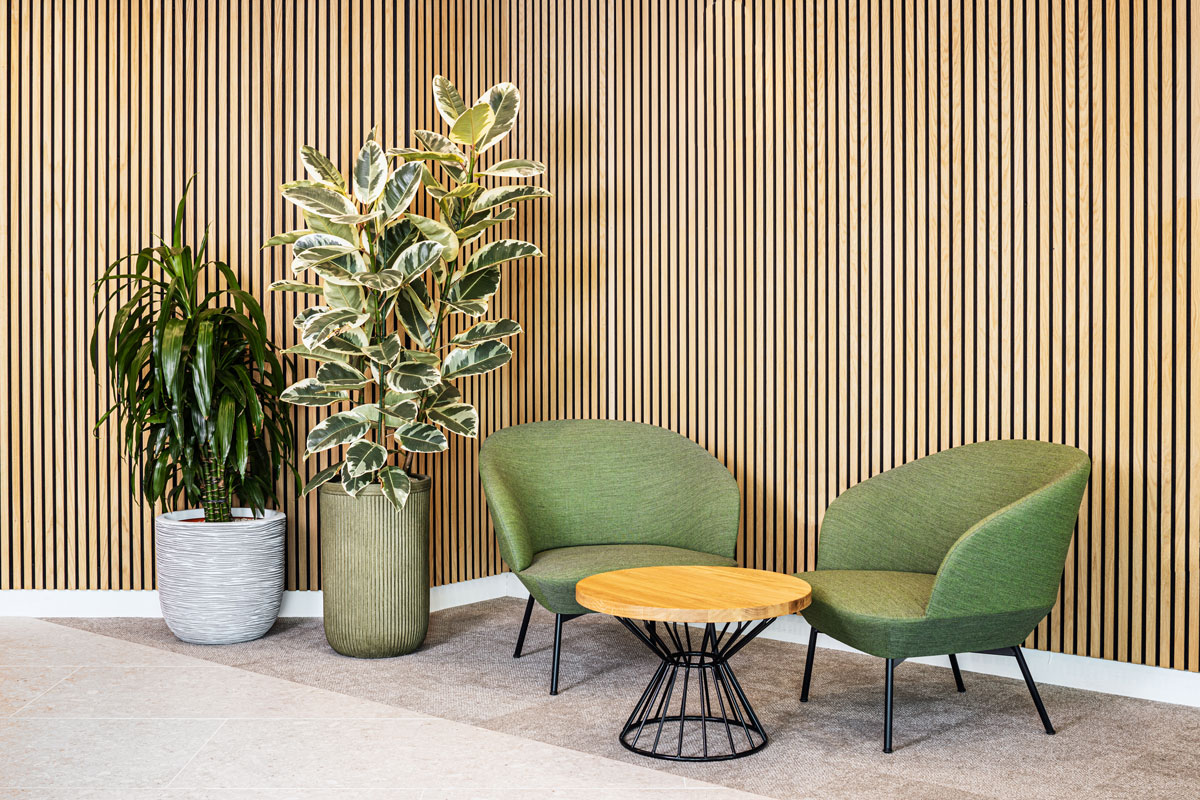
Working with Planteria Group, we’ve seen a shift from showy florals to something more grounded. Lush greens, textured leaves, and climbing or trailing plants are doing the talking. Philodendrons are especially popular. Palisades – multi-height planters – still play a big role. And there’s more interest in the sustainability of materials too: recycled plastics, sea waste, and ceramics that double as art. Biophilic design is also getting smarter. Moss walls now double as acoustic panels. Planters absorb sound. Preserved planting brings greenery to areas where upkeep is tricky. It’s not just about looks – it’s about multi-functional use.
Daily design news, reviews, how-tos and more, as picked by the editors.
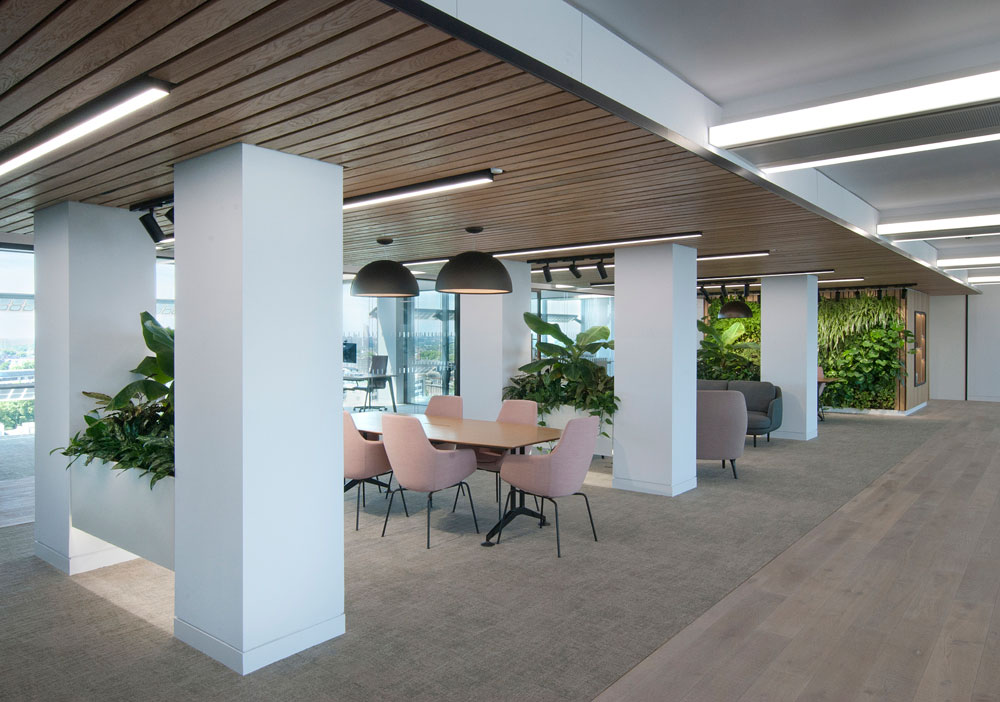
That’s the beauty of biophilia: no one-size-fits-all. Every brief, every space, every team needs a different approach. It’s now a foundational part of the process for the majority of our clients.At Endava, it softened a high-tech interior with warmth and texture. At JAB Holdings, it added depth to a minimalist space with moss and refined ceramics.
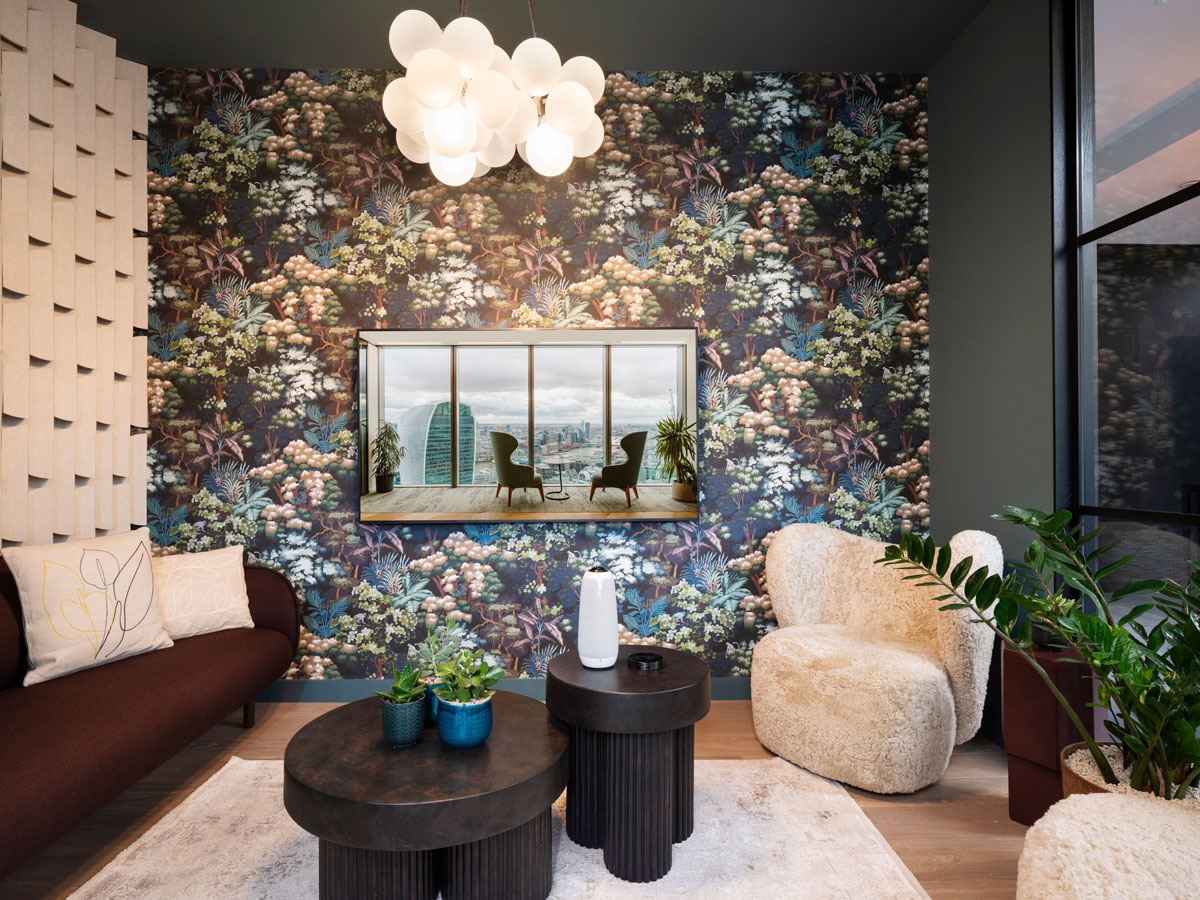
In our own London studio at Area, we treat greenery like any other design material - it’s integrated, not applied. So what’s next for biophilic design? As expectations around wellbeing and sustainability grow, nature will become more deeply embedded in how we build and design.
Living walls that clean the air. Lighting that mimics daylight. Responsive planting that adapts to climate or occupancy. Nature and tech are finding common ground. And maybe, as we rethink what work means and how it fits into life, biophilic design will play a quiet but important role, reminding us that great design isn’t just how things look. It’s how they make us feel.

Andrew Denman-Davies is Creative Director at Area, where he leads with over 15 years of design experience across both traditional and design & build sides of the construction industry. He joined Area in 2021 as a Senior Designer and quickly made his mark, stepping up to Creative Director in 2024.
Andrew is at his best when he's working through complex challenges and shaping bold, strategic concepts that set projects up for success. He’s a natural collaborator who puts real effort into building strong relationships – with clients and with his team. He cares deeply about creating workplaces that don’t just look good, but feel right and perform brilliantly for the people using them.
You must confirm your public display name before commenting
Please logout and then login again, you will then be prompted to enter your display name.
